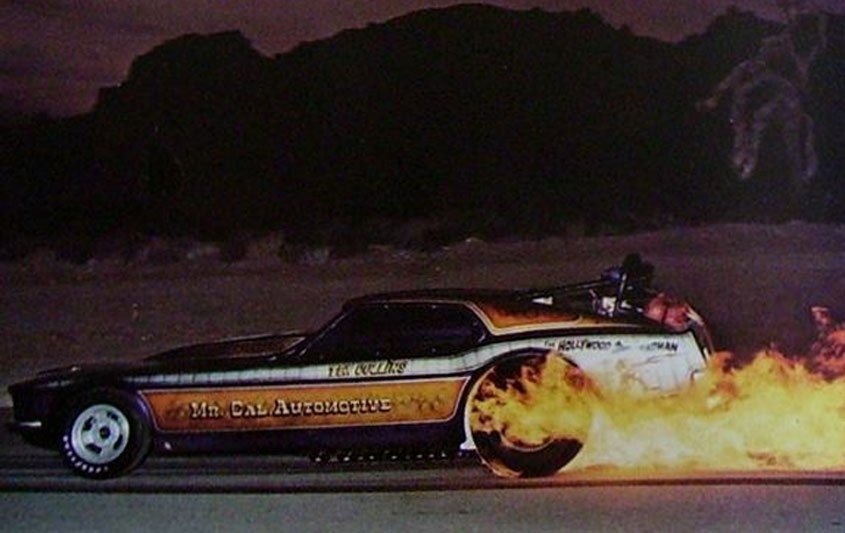You probably don't know his name but just remember for the moment that he was born in 1943 in the USA.
A self-taught graphic painter, he experienced the entire Kustom movement from the inside, particularly exuberant in Southern California during the 60s and 70s. Suffice to say that glitter, gradients, Candy, Pearl and other nets, he applied them for years on many Mustangs, Camaros, Pontiacs, Beetles, choppers, trikes, dragsters, tanks, helmets and even planes!

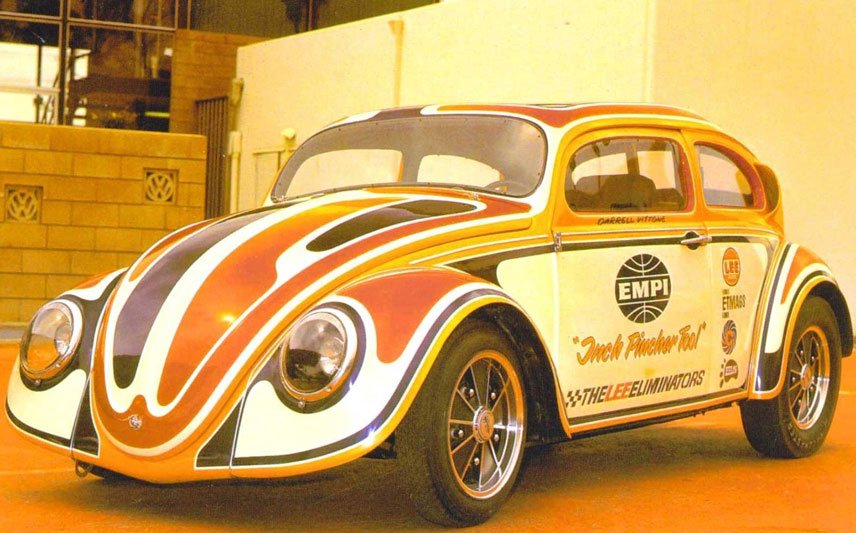
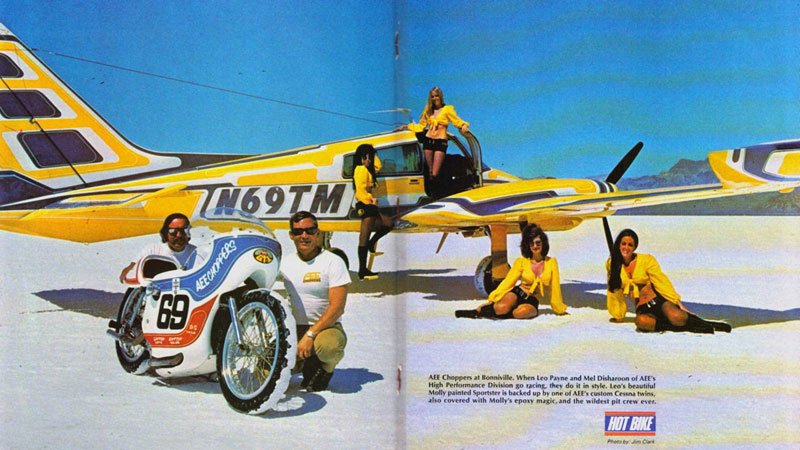
Rollin Sanders thus made a name for himself, and even a nickname, “ Molly », until being approached in his small workshop in Brea by two American executives from Kawasaki in 1969, Don Graves and Paul Collins, in order to create a graphic identity for the competition department of the Akashi firm.
Initially in the port and maritime activities, Kawasaki Heavy Industries did not launch into motorcycles until almost a century later, by partnering with, then purchasing, Meguro Manufacturing Company.
Kawasaki was fond of red, since the 1963 victory at the “Hyogo Prefecture Tournament” of the 125-B8M cross bike nicknamed “Red Tank Furore” after its success.
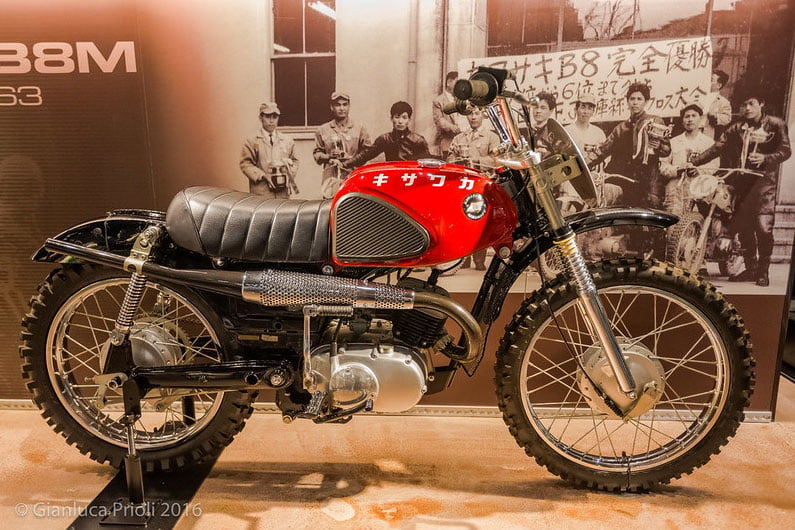
Until the request of 1969…
There, the Californian had the intelligence to establish specifications (flashy color so that the motorcycles in action are recognizable from the front for the mechanics) and the audacity to propose a month later to the president of Kawasaki Motors Corporation USA then, George Hamawaki, the now famous “Lime Green” (In fact a color from the AMC /AMX colors catalog of the same year under the name “Big Bad Green”), even though green is a color believed to bring bad luck to vehicles and their users.
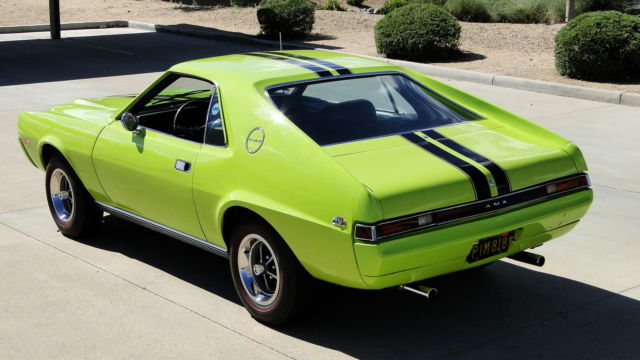
Managers of the Japanese firm remained doubtful but accepted the idea and lined up the five official motorcycles thus painted at the Daytona 200.
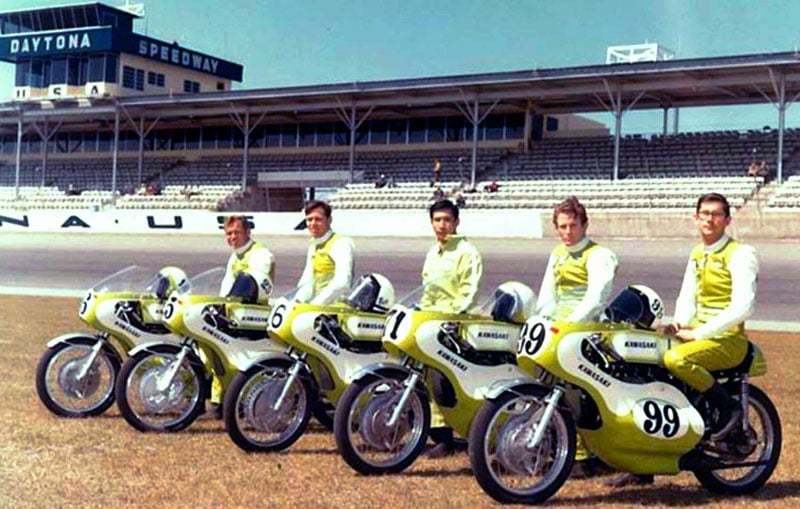
The success was immediate, and green (admittedly modified) became year after year the official color of Kawasaki in competition, resulting in the famous “Kawasaki Green”.
The story does not end there since, two years later, the same Don Graves, delighted with the operation, presented Rollin Sanders to Ed Burke from Yamaha USA to resolve the same problem (Yamaha's traditional colors were white with a red stripe: classic but not necessarily very, very fun).
The rest, you know it, with the creation of the famous black and white “Speed Blocks” on a yellow background (also more rarely called “Track Graphic”), discovered in Europe with Kenny roberts...
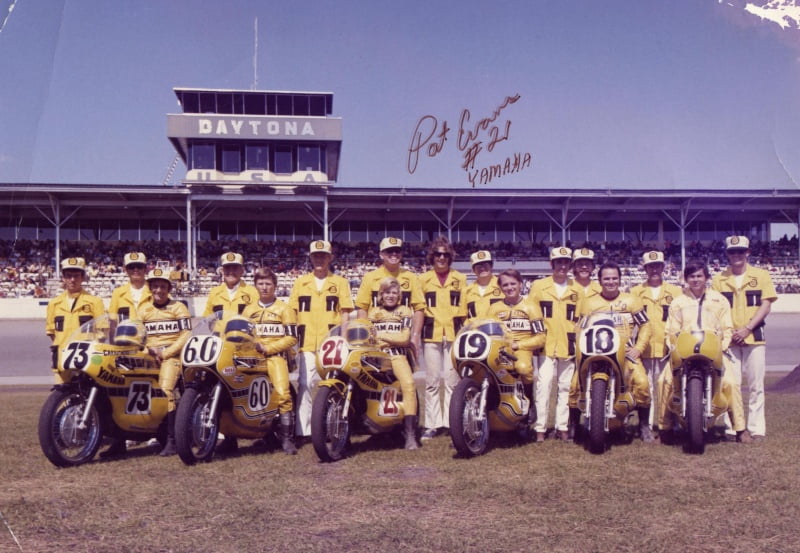
Available in multiple versions, they will even be used on the decorations of Iwata's production motorcycles, whatever the dominant colors. This decoration quickly acquired worldwide notoriety, and even today, many years after it is no longer used in racing, its success continues in sales of goodies. All enthusiasts also still remember the M1's occasional tributes to this livery, such as in 2005 at Laguna Seca for the 50th anniversary of the brand...
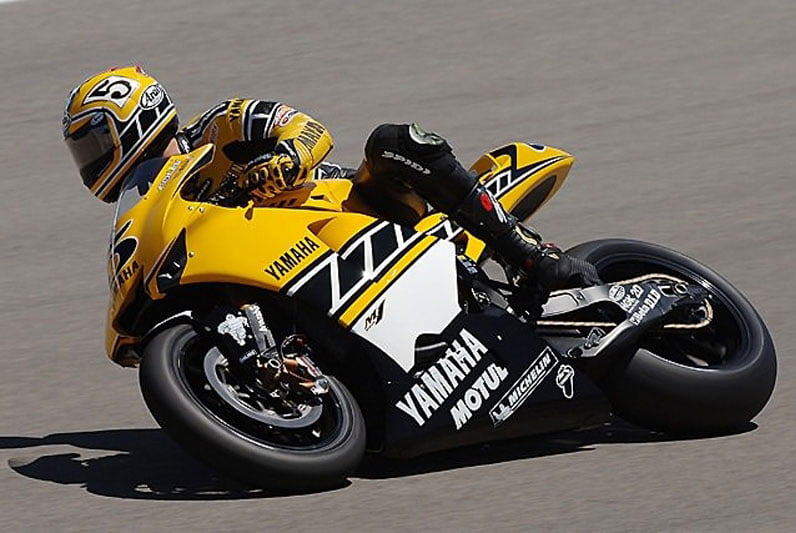
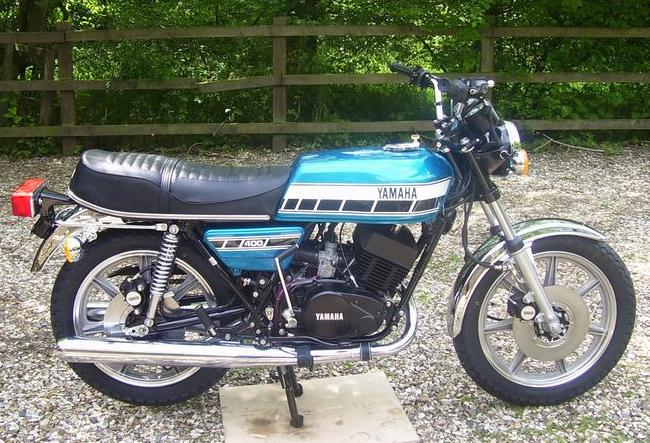
Delighted with this work, Yamaha also requested the collaboration of Rollin “Molly” Sanders for the 50th anniversary liveries but also, later, to give his opinion on the exact shade of the deep blue emblematic of Iwata productions today.
After the success of the “Speed Blocks” of the 70s, “Molly” continued to work for a long time with major brands, like Buick and Toyota, and you can see her work every day, without probably knowing it, with for example the L which serves as the Lexus emblem…

Rollin “Molly” Sanders sadly passed away in 2010, but his work remains very much alive today, as does Facebook page ! We just wanted to pay him this little tribute…
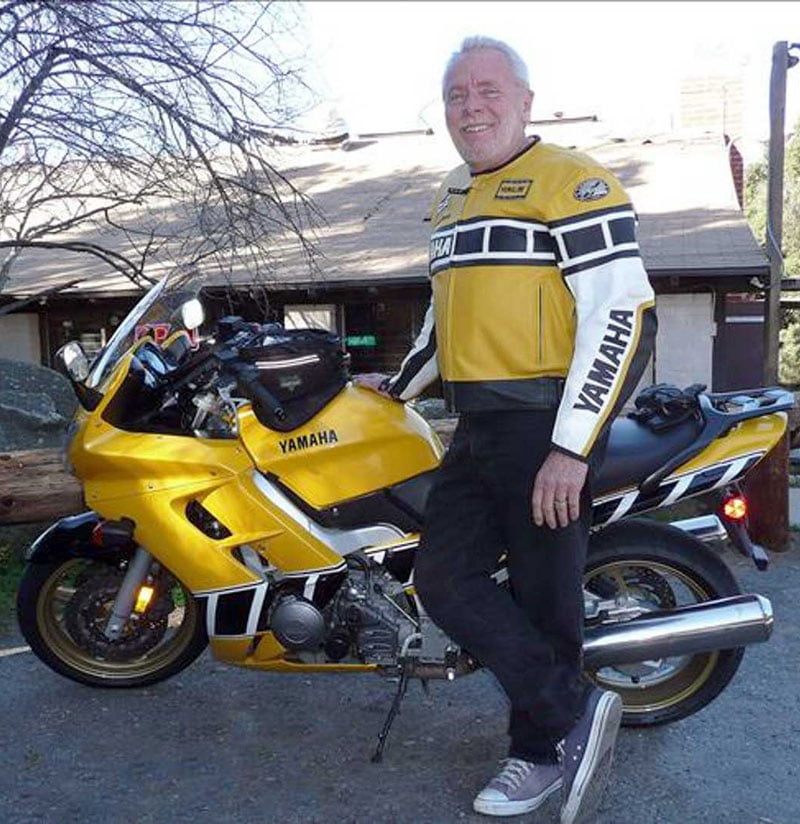
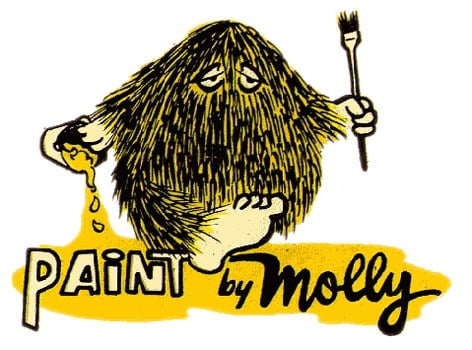
Sources and photo credits:
https://www.rideapart.com/features/299881/rollin-molly-sanders/
https://thumpertalk.com/forums/topic/864262-rollin-molly-sanders/
https://www.tdubclub.com/2020/05/15/speed-blocks-yamahas-digitial-signature-visual-dna-of-speed-molly-designs/
https://oilysmudges.com/blog/yamaha-speed-block-graphics/#.X_-TpnZKhhF


